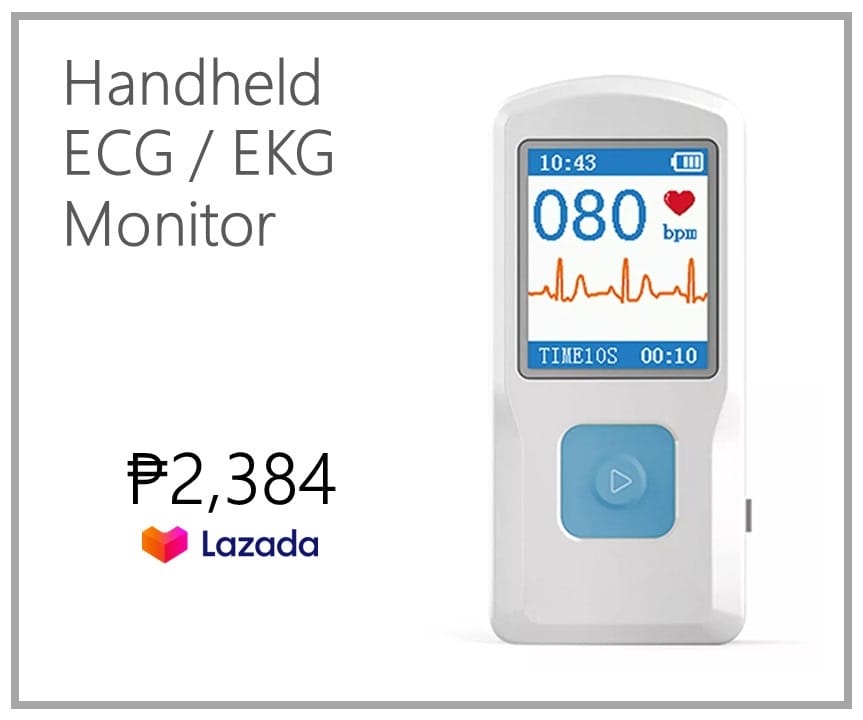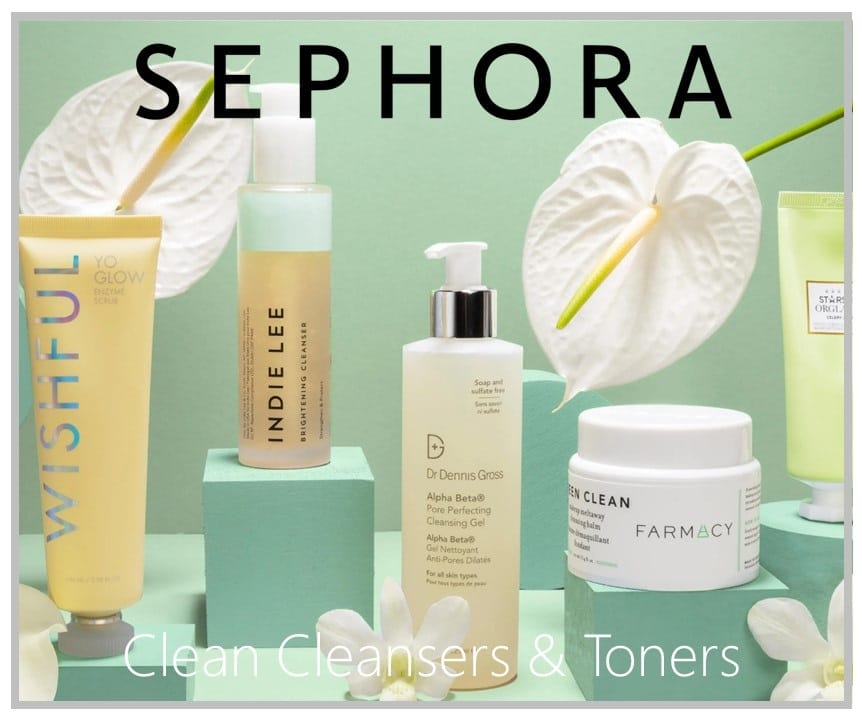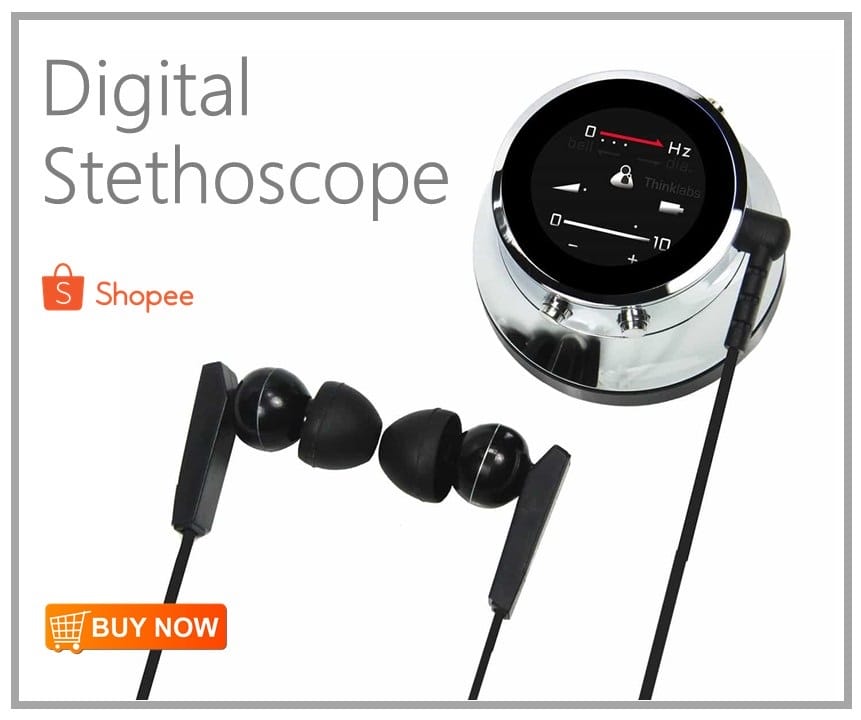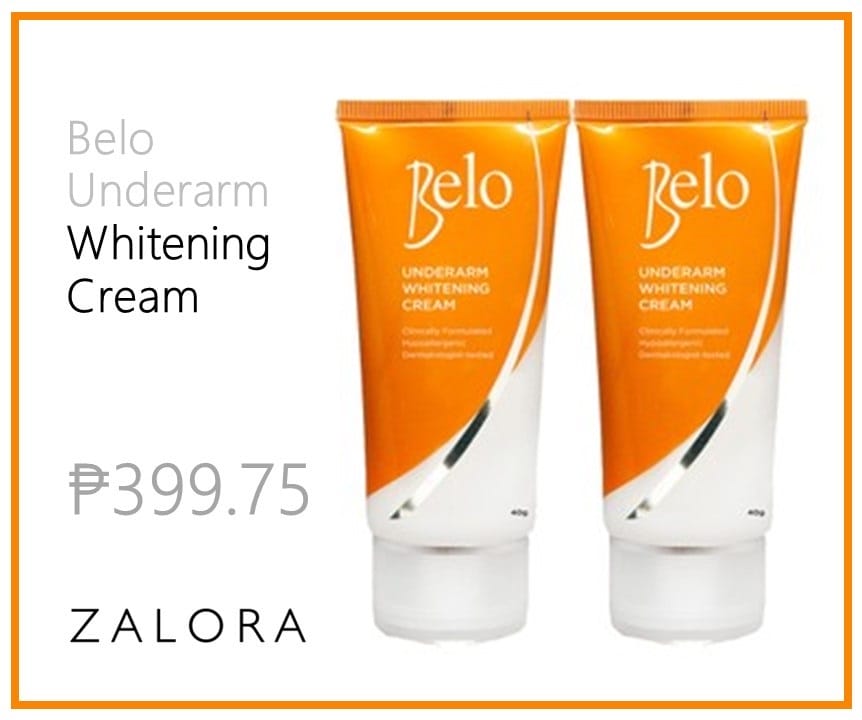Table of Contents
Pimples are a pain, especially when they swell up and seem never to go away. But don’t worry. There are some things you can do to reduce the swelling and get rid of them for good.
Acne is a problem that many people face, especially during puberty. Acne is caused when the pores in your skin become clogged with oil and dead skin cells. This can cause inflammation and swelling. There are many ways to reduce swelling pimples. Some home remedies include using ice and hot compress.
How to reduce swelling pimples:
Here are several tips from the American Academy of Dermatology Association. Follow these tips, and you’ll be pimple-free in no time.
Wash your hands and gently wash your face before treating it
Acne is a common and pesky skin problem, but there are things you can do to reduce swelling pimples.
First, wash your hands thoroughly before touching your face. You do not want bacteria to aggravate your swelling pimples.
Second, wash your face before using a mild, fragrance-free cleanser, and be gentle to your skin. This will help remove dirt and oil that can clog pores and lead to breakouts.
Next, apply a spot treatment to the affected area. These treatments contain ingredients that help shrink pimples and soothe inflammation.
Finally, keep your skin hydrated by drinking plenty of water. By following these tips, you can minimize the appearance of pimples and enjoy clear, healthy skin.
Apply ice can help reduce swelling pimples.
Swelling and redness are common side effects of pimples. Many people believe that applying ice to the affected area can help reduce these symptoms.
There is some evidence to support this claim. One study found that applying ice to the skin helped reduce redness and swelling in participants with acne. Ice can help constrict the blood vessels and reduce inflammation.
Applying ice to your skin should be done with caution, however. Make sure to wrap the ice in a towel or cloth so that you don’t damage your skin. Apply the ice for no more than 10 minutes at a time. After 10 minutes, take a break for 5-10 minutes, then repeat the process again for 30-60 minutes.
You can also try over-the-counter treatments that contain ingredients like benzoyl peroxide or salicylic acid. These can help dry out the pimple and reduce swelling.
If you’re still struggling with swollen pimples, talk to your dermatologist. They can prescribe stronger medications that can help clear up your skin.
Apply a topical solution that contains 2% benzoyl peroxide
If you have a swollen pimple that’s causing pain, don’t despair. There are things you can do to reduce the swelling and get rid of the pimple quickly.
One method is to apply a product that contains benzoyl peroxide. Benzoyl peroxide is an antibacterial agent that can help clear up the pimple and reduce swelling. It’s available in various over-the-counter products, including gels, creams, and lotions.
To use benzoyl peroxide, simply apply it to the affected area once or twice a day. Be sure to follow the instructions on the package carefully. Some products may need to be washed off after a certain amount of time, while others can be left on overnight.
If you’re not sure which product to use, ask your pharmacist for advice.
Benzoyl peroxide is a topical acne treatment that contains oxygen. The oxygen works to kill acne-causing bacteria, while the benzoyl peroxide reduces inflammation and swelling.
Benzoyl peroxide is available in both over-the-counter and prescription formulations and is typically used twice daily.
Some common side effects of benzoyl peroxide include dryness, redness, and peeling of the skin.
Apply a warm compress
Warm compresses are an easy and effective way to reduce swelling pimples. Simply apply a warm (not too hot), warm wet compress to the affected area for 10-15 minutes. The heat will help to increase blood flow and reduce inflammation. You can do this several times a day as needed.
Be sure to wash your hands and the area around the pimple before doing this. Applying a warm compress can help reduce the swelling and redness of a pimple and make it less noticeable.
Avoid picking or popping
If you have a pimple that’s threatening to ruin your day, don’t give in to the temptation to pick or pop it. Though it may be satisfying at the moment, picking and popping pimples can actually make them worse.
When you pick or pop a pimple, you’re opening up the skin and exposing it to bacteria. This can cause the pimple to become infected, which leads to redness, swelling, and pain. In some cases, picking or popping pimples can also cause scars.
If you’re struggling with a swollen pimple, try using a cold compress to reduce inflammation. You can also use spot treatments containing benzoyl peroxide or salicylic acid to dry out the pimple and speed up healing time.
Never apply toothpaste to your swelling pimple
While it may seem like a quick fix, toothpaste is actually one of the worst things you can put on a swelling pimple.
Toothpaste is meant to be abrasive, so it will only aggravate your pimple and make it redder and more inflamed.
In addition, toothpaste can dry out your skin and make the surrounding area more susceptible to irritation.
If you’re looking for a quick way to reduce swelling, try placing a cold compress on the area for a few minutes instead.
Avoid homemade treatments found on the internet
When you have a pimple, the last thing you want to do is wait for it to go away on its own. You want to get rid of it as soon as possible, and you may be tempted to try one of the many homemade treatments you can find online.
But beware – some of these treatments can actually make your pimple worse.
Visit a board-certified dermatologist
If you have a big event coming up and are starting to notice swelling pimples, don’t wait until the last minute to do something about it. The best course of action is to visit a board-certified dermatologist.
At the dermatologist, you can get a cortisone injection, which will quickly reduce the size of the pimple. You can also get prescription-strength topical medications to apply to the pimple.
Your dermatologist can also recommend treatments like retinoids. A retinoid is a vitamin A derivative that helps unclog pores and decrease inflammation. It’s available in both topical and oral forms. They are available in both topical and oral forms. Topical retinoids are available over the counter and by prescription. They come in creams, gels, lotions, and pads. Oral retinoids are only available by prescription.
If you’re considering using a retinoid, talk to your dermatologist about which one is right for you.
Swelling pimples: what are they, and why do they happen?
We’ve all been there. You wake up in the morning, look in the mirror, and see a big, swollen pimple staring back at you. It’s red, it’s painful, and it’s definitely not going to make your day any better.
So what causes these swollen pimples? Unfortunately, there are a few different things that can cause them. First off, if you have a lot of dead skin cells or sebum (oil) build-up on your face, that can lead to clogged pores. When those pores get clogged, they become the perfect breeding ground for bacteria. And when bacteria get trapped inside your pores, it can cause inflammation and swelling.
There are a few other things that can cause swollen pimples as well. For starters, if you pick at your pimples, you can cause the surrounding skin to swell. But that’s not the only thing that can make a pimple swell up. Stress, hormones, and even allergies can cause your pimples to look like they’re about to explode.
Another potential cause of pimples swelling is if you keep touching them with your fingers. This can introduce bacteria into the pimple, causing it to become inflamed.
One more reason why pimples swell is if you have oily skin. When your skin produces too much oil, it can clog your pores and lead to swelling.
It’s important not to poke or prick at your pimples because this can lead to scarring.
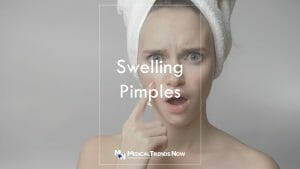
What causes pimples?
Pimples are one of the most common skin problems that people experience. They can be caused by various factors, including hormonal changes, certain medications, diet, and hygiene.
According to the British Association of Dermatologists, these are the common causes of pimples or acne.
- DNA and Hormones
- Bacteria
- Menstruation and Pregnancy
- Cosmetics
- Stress
- Diet
- Friction
- Medical Conditions
- Medication
There are many causes of pimples, but the most common cause is excess oil production. Pimples form when the pores in your skin become clogged with oil and dead skin cells. The bacteria that live on your skin can also cause pimples by infecting the pores. Hormonal changes can also trigger excess oil production and cause pimples to form.
Hormonal changes are one of the most common causes of pimples. During puberty, for example, hormone levels fluctuate and can cause an increase in sebum production. This can lead to clogged pores and breakouts.
Certain medications can also trigger pimples. For example, some birth control pills contain hormones that can cause the sebaceous glands to produce more sebum. Androgenic steroids can also have this effect.
Diet is another possible factor that can contribute to the development of pimples. Foods that are high in sugar or refined carbohydrates can trigger an insulin response, which can lead to increased sebum production and clogged pores.
What are the different types of acne?
There are different types of acne. The most common are whiteheads, blackheads, papules, pustules, nodules, and cysts.
- Whiteheads and blackheads are the mildest forms of acne.
- Papules are small red bumps that can be tender to the touch.
- Pustules are like papules but with a white or yellow head.
- Nodules are large, hard bumps that can be painful.
- Cysts are large, pus-filled bumps that can be very painful and lead to scarring.
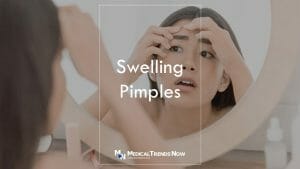
What happens if I pop my swelling pimples?
If you have a pimple that’s red and swollen, resist the urge to pop it. Popping a pimple can cause the bacteria to spread, which might lead to more breakouts. It can also cause scarring.
How to prevent pimples? What can you do to prevent it?
Acne is a problem for many people, especially during puberty. However, there are things you can do to prevent pimples from forming.
First, wash your face twice a day with a mild soap or cleanser. Be sure to remove all makeup before washing. Rinse your face with warm water and pat it dry.
Second, don’t pick at or squeeze your pimples. This can cause them to become infected and lead to scarring.
Third, eat a healthy diet and avoid foods that are high in sugar and fat. Eat plenty of fruits, vegetables, and whole grains. And drink plenty of water to keep your skin hydrated.
Fourth, avoid touching your face with your hands or resting your chin or forehead on your hands. This can add extra dirt to your skin.
Fifth, if you have oily skin, use a mild soap or cleanser designed for oily skin. Be sure to wash your face at least twice a day.

Why do I have oily skin on my face?
There are a few different reasons you may have oily skin on your face. For some people, it’s simply a matter of genetics. If your parents or grandparents had oily skin, chances are, you will too.
Others may have oily skin as a result of hormone fluctuations. This is especially common during puberty, pregnancy, and menopause. If you’re taking birth control pills or other hormonal medications, that can also affect the oiliness of your skin.
Lastly, some people produce more oil because they don’t cleanse their face properly or they use products that are too harsh for their skin type.
If you have oily skin, there are a few things you can do to help reduce the shine and keep your pores clear.
First, wash your face with a gentle cleanser twice a day.
Avoid scrubbing or using really hot water when you wash.
A gentle cleanser will help remove excess oil and dirt without overstimulating the skin. You may also want to consider using a toner after cleansing to help seal in moisture and reduce shine.
How board-certified dermatologists treat pimples
Acne vulgaris, more commonly known as pimples, is a skin condition that dermatologists commonly treat. There are many ways to treat pimples, but the most common way is through the use of topical medications.
These medications can be in the form of creams, gels, or even pads. The active ingredient in these medications typically works to kill the bacteria that cause acne, as well as to reduce inflammation. In some cases, oral antibiotics may also be prescribed to help clear up pimples.
It is important to follow the directions on these medications carefully, as they can often make the skin very dry and irritated if used too frequently.
Why visit a board-certified dermatologist for your swelling pimples?
If you’re dealing with swelling pimples, it’s important to visit a board-certified dermatologist. Here’s why:
A board-certified dermatologist can help you figure out the cause of your swelling pimples and prescribe the right treatment. If your pimples are caused by a bacterial infection, for example, a dermatologist can prescribe an oral antibiotic.
The right treatment can help reduce the size of your pimples and prevent new ones from forming. A board-certified dermatologist can also provide tips on how to avoid swelling pimples in the future.
If you’re concerned about your swelling pimples, don’t hesitate to contact a board-certified dermatologist for help.
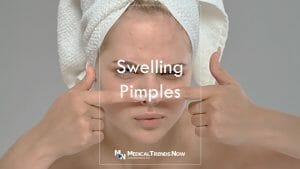
Conclusion: With these tips, you can help reduce the swelling of your pimples.
In conclusion, there are a few things you can do to reduce the swelling of pimples.
Ice can help to soothe the skin and reduce inflammation. You can also try using a warm compress to open up the pores and release the trapped sebum.
Finally, be sure to cleanse the skin gently and only use a light, fragrance-free cleanser.
If these are not effective, we highly recommend that your dermatologist quickly.
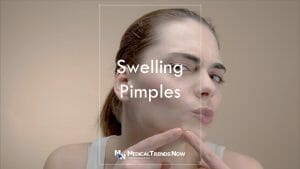
Sources:
- How to treat deep, painful pimples – American Academy of Dermatology Association
- Inflammatory Acne: Symptoms, Types, Causes, Treatment – Cleveland Clinic
- Ice – The Secret Pimple Fighter | DERMAdoctor Blog
- What causes acne? – The British Skin Foundation
- Acne – British Association of Dermatologists
- Acne Types – Acne Support by British Association of Dermatologists
- Symptoms of acne – NHS
- Acne: acne vulgaris – The Primary Care Dermatology Society



